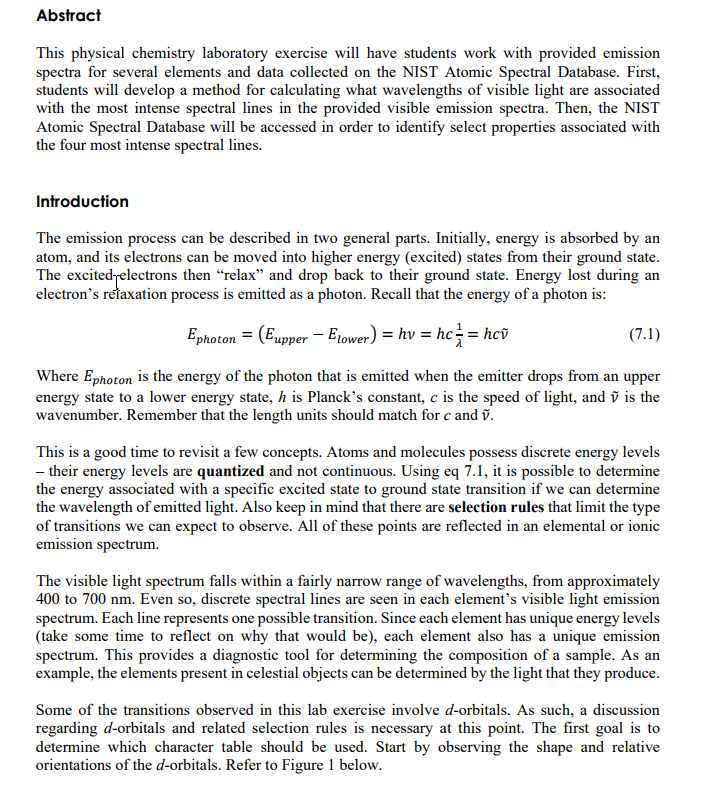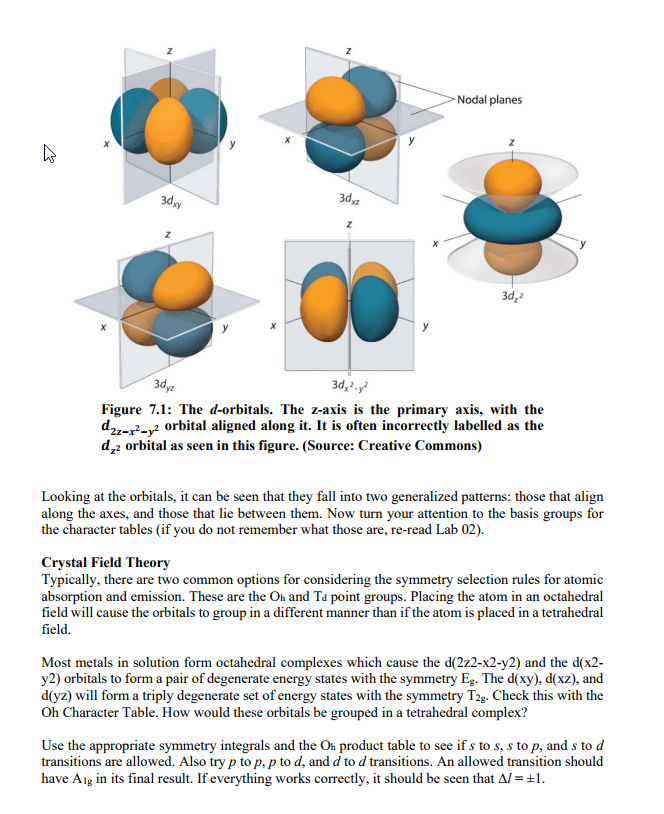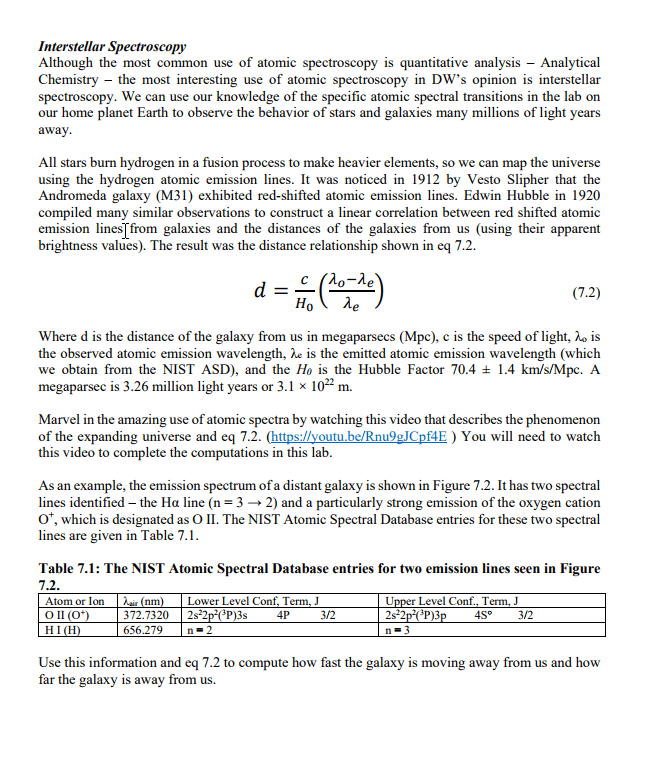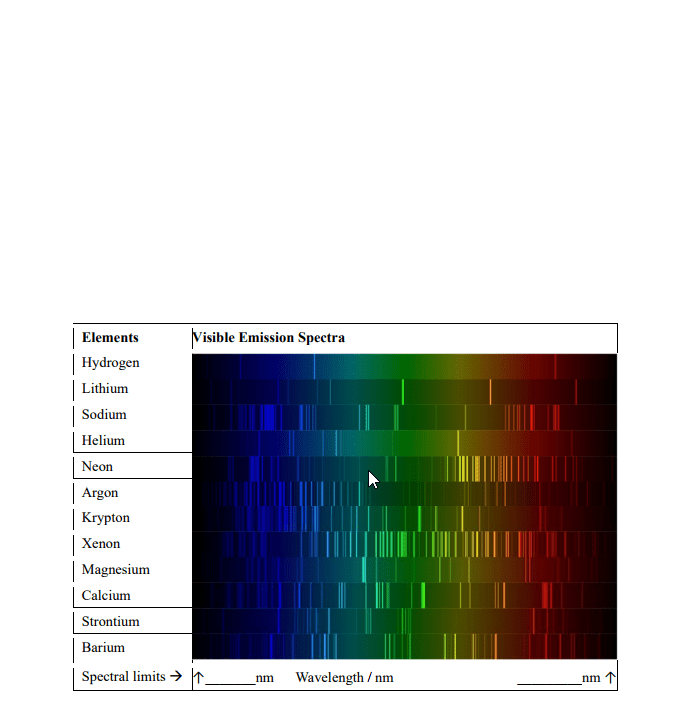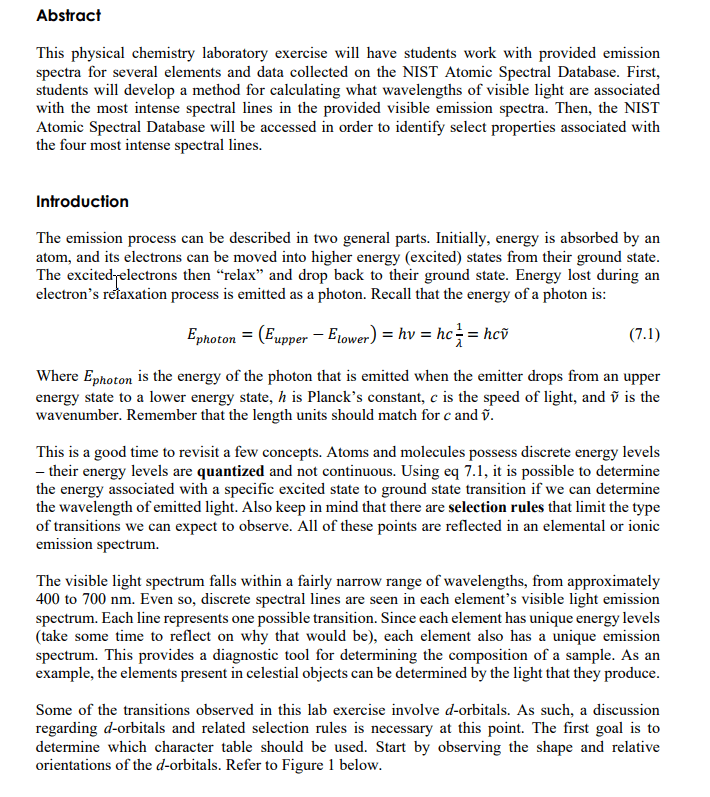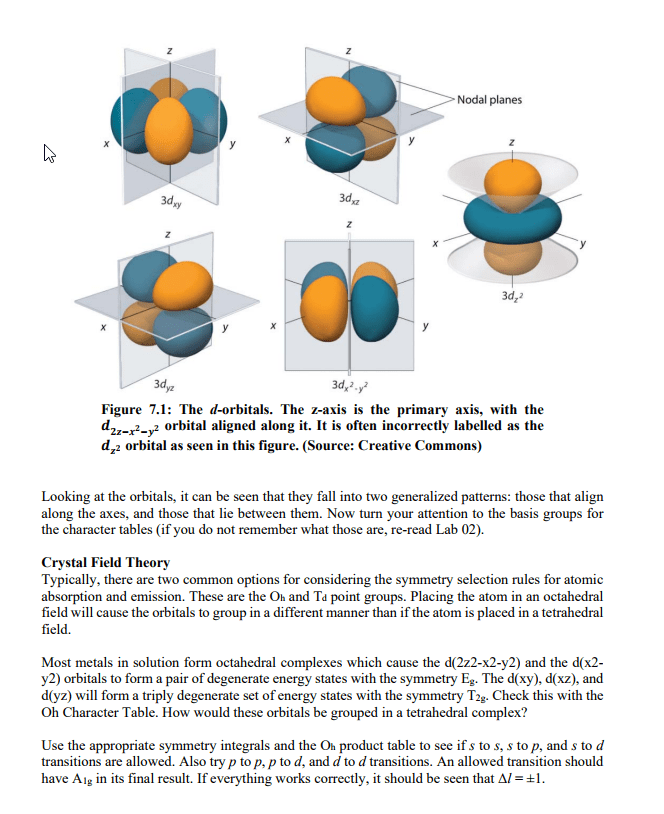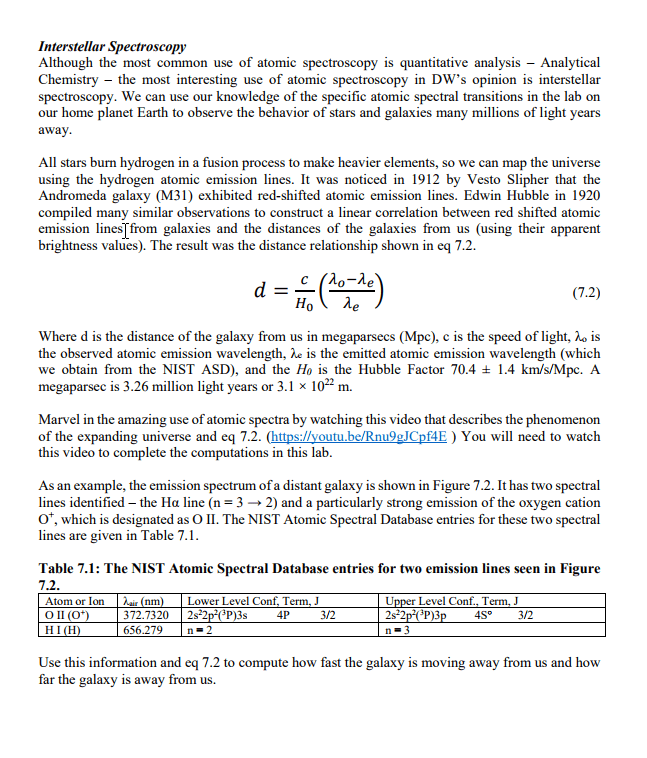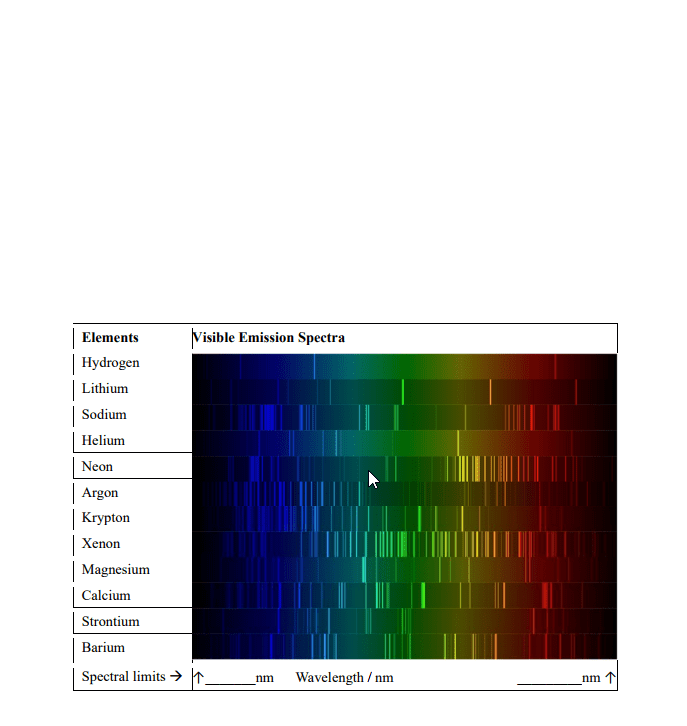CHE 110 Chapter Notes - Chapter 6: Thermodynamics, Mississippi Highway 1, Enthalpy

Chapter 6: Energy Relationships in Chemical Reactions
I. The Nature of Energy and Types of Energy
1) Energy: the capacity to do work
2) Work: the directed energy change resulting from a process
3) Kinetic Energy: the energy produced by a moving object
4) Radiant Energy/Solar Energy: the energy that comes from the sun; heats the
atmosphere and the surface of the Earth and is the Earth’s primary energy source
5) Thermal Energy: the energy associated with the random motion of atoms and
molecules
1. The more vigorous the motion of the atoms and molecules in a sample of
matter, the hotter the sample is and the greater its thermal energy
6) Chemical Energy: stored within the structural units of chemical substances
1. Quantity determined by the type and arrangement and constituent atoms
7) Potential Energy: the energy available by virtue of an object’s position
1. A rock at the top of a cliff has more potential energy and will make a
bigger splash if it falls into the water if it falls into the water below than
a similar rock located partway down the cliff
2. Chemical energy can be considered a form of potential energy because
it’s associated with the relative positions and arrangements of atoms
within a given substance
8) Law of Conservation of Mass: the total quantity of energy in the universe is
assumed constant
1. Energy can assume many different forms that are inconvertible
2. Energy can neither be created nor destroyed
3. When one form of energy disappears, another form of energy of equal
magnitude must appear.
II. Energy Changes in Chemical Reactions
1) Almost all chemical reactions absorb or release energy, generally in the form of
heat
2) Heat: the transfer of thermal energy between two bodies that are at different
energies
1. Heat implies the transfer of energy
2. Heat absorbed or heat released describes energy changes that occur
during a process
3) Thermochemistry: the study of heat change in chemical reactions
4) System: the specific part of the universe that is of interest to us
1. Surroundings: the rest of the of the universe outside of the system
2. Three Systems
1) Open System: exchanges mass and energy, usually in the form of
heat, with its surroundings
1. May consist of a quantity of water in an open container
2) Closed System: allows the transfer of energy (heat) but not mass
1. Closing a flask so that no water vapor can escape from or
condense the container
3) Isolated System: does not allow the transfer of either mass or
energy
find more resources at oneclass.com
find more resources at oneclass.com

1. Placing water in a totally insulated container
3. Example: Combustion of Hydrogen Gas in Oxygen
1) Label reacting mixture of hydrogen, oxygen, and water molecules
the system
2) Label the rest of the universe the surroundings
3) Because energy cannot be created or destroyed, any energy lost by
the system must be gained by the surroundings
4) The heat generated by the combustion process is transferred from
the system to its surroundings
5) Exothermic Reaction: any process that gives off heat, transferring thermal energy
to the surroundings
1. Total energy of the products is less than the total energy of reactants
2. The difference is the heat supplied by the system to the surroundings
6) Endothermic Reaction: heat has to be supplied to the system by the surroundings
1. Total energy of products is greater than the total energy of reactants
2. The difference between energy of products and the energy of the
reactants is equal to the heat supplied to the system by the surroundings
III. Introduction to Thermodynamics
1) Thermodynamics: the scientific study of the interconversion of heat and other
kinds of energy
2) Laws of Thermodynamics
1. Provide useful guidelines for understanding the energetics and directions
of processes
3) State of a System: studied in thermodynamics and defined by the values of all
relevant macroscopic properties, such as composition, energy, temperature,
pressure, and volumes
4) State Functions: properties that are determined by the state of the system,
regardless of how that condition was achieved; includes:
1. Composition
2. Energy
3. Temperature
4. Pressure
5. Volume
5) The First Law of Thermodynamics: states that energy can be converted from one
form to another, but cannot be created or destroyed; based on the law of
conservation of energy
1. Testing the Validity
1) Measuring only the change in the internal energy of a system
between its initial state and its final state in a process
2) U = the change in internal energy
3) Ui = internal energies of the system in the initial state
4) Uf = internal energies of the system in the final state
2. Two components of the system’s internal energy:
1) Kinetic Energy
find more resources at oneclass.com
find more resources at oneclass.com

1. Various types of molecular motion
2. Movement of electrons within molecules
2) Potential Energy
1. Attractive interactions between electrons and the nucleus
2. Repulsive interactions between electrons and the nucleus in
individual molecules
3. Interactions between molecules
3. Impossible to measure all contributions accurately; cannot calculate the
total energy of a system with any certainty
4. Changes in energy can be determined experimentally
1) System composed of:
1. Initial state: reactant molecules S and O2
2. Final state: product molecules SO2
2) We do not know the internal energy content of either the reactant
molecules or the product molecules, but we can accurately measure
the change in energy content of U
3) We find that this reaction gives off heat, so the energy of the
product is less than that of the reactants, and U is negative.
4) Interpreting this release of heat
1. Some of the chemical energy contained in the molecules
has been converted to thermal energy
2. Conclude that the transfer of energy from the system to the
surroundings does not change the total energy of the
universe – the sum of the energy changes must be 0
• Variables:
❖ = system
❖ = surroundings
3. If one system undergoes an energy change , the rest
of the universe (the surroundings) must undergo an energy
change that is equal in magnitude but opposite in sign:
4. Because energy can be changed from one form to another,
the energy lost by one system can be gained by another
system in a different form
6) In chemistry, we are normally interested in energy changes associated with the
system, not with its surrounding
1. More useful form of the first law of thermodynamics:
1) Interpretation: The change in the internal energy, , of a system
is the sum of the heat exchange q between the surroundings and the
work done w on (or by) the system.
find more resources at oneclass.com
find more resources at oneclass.com



